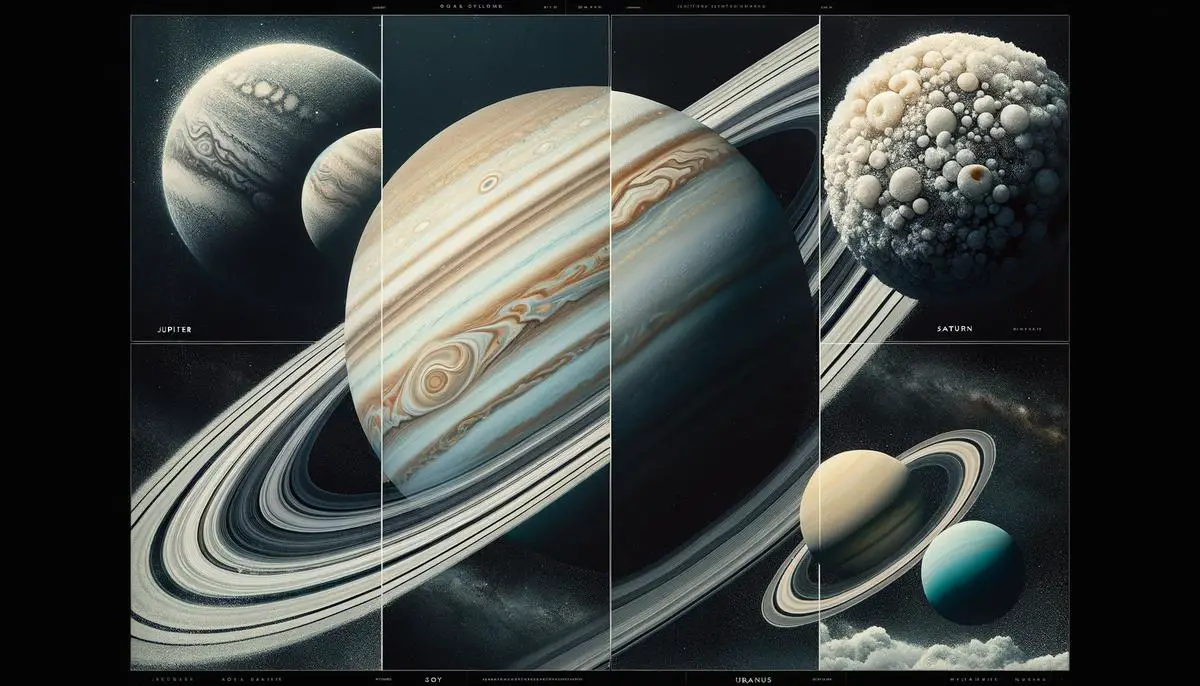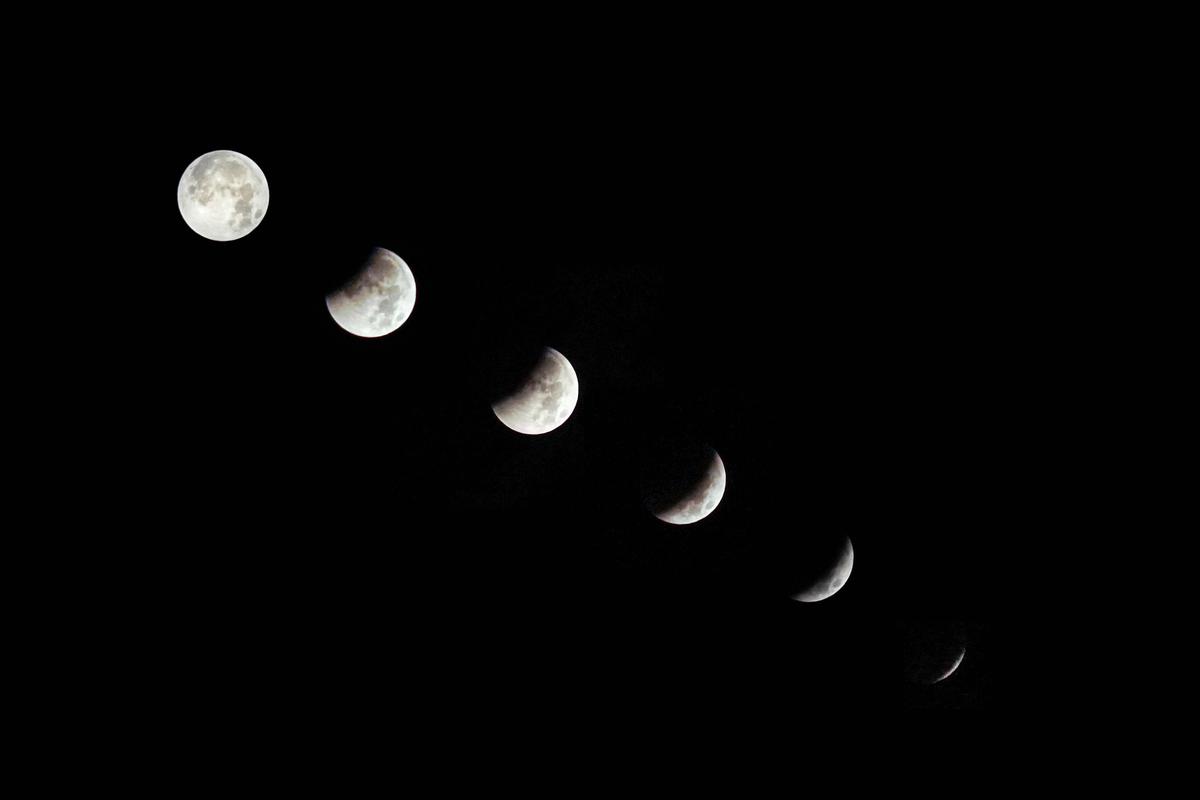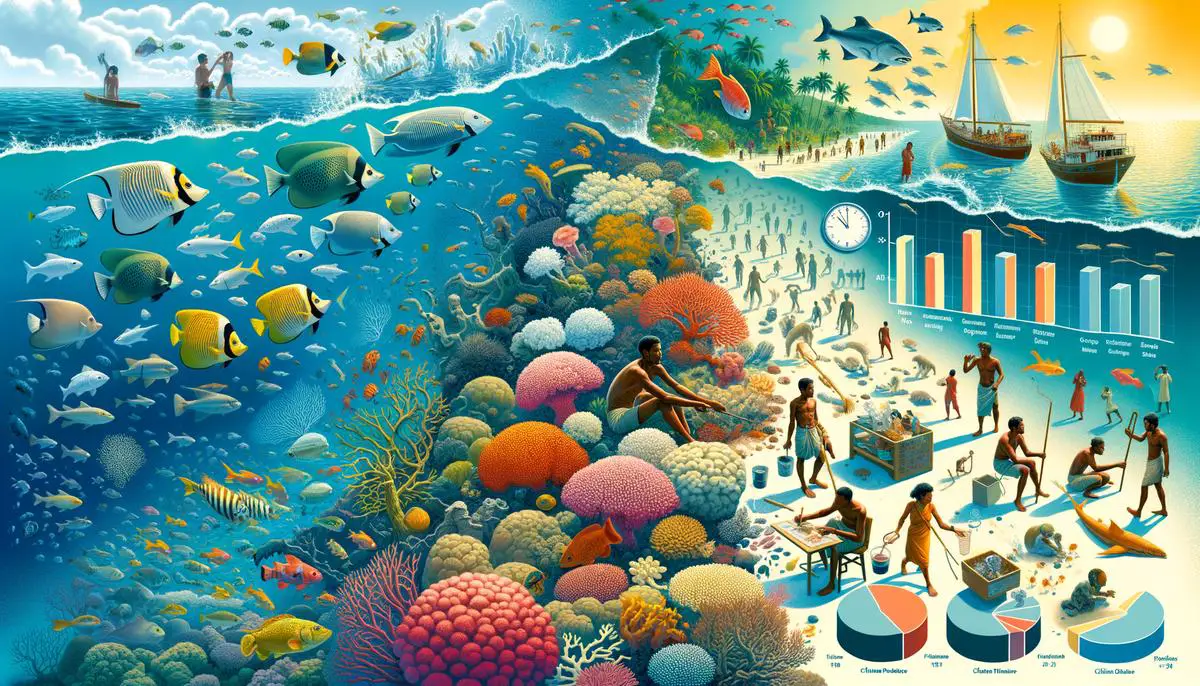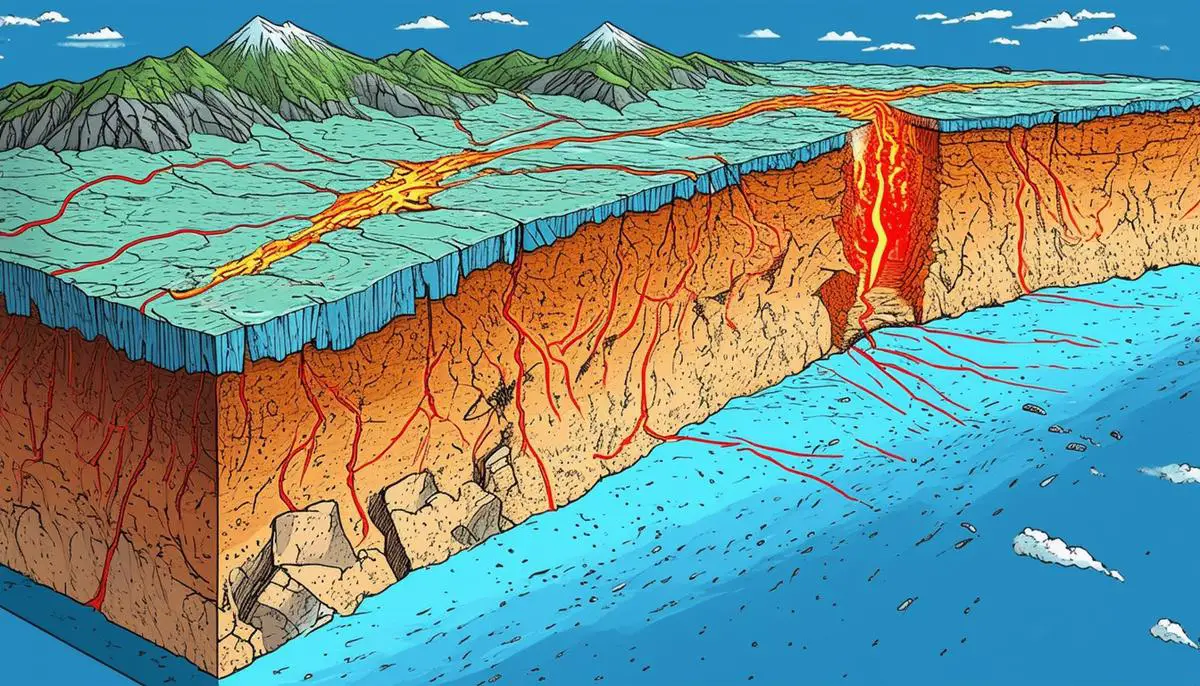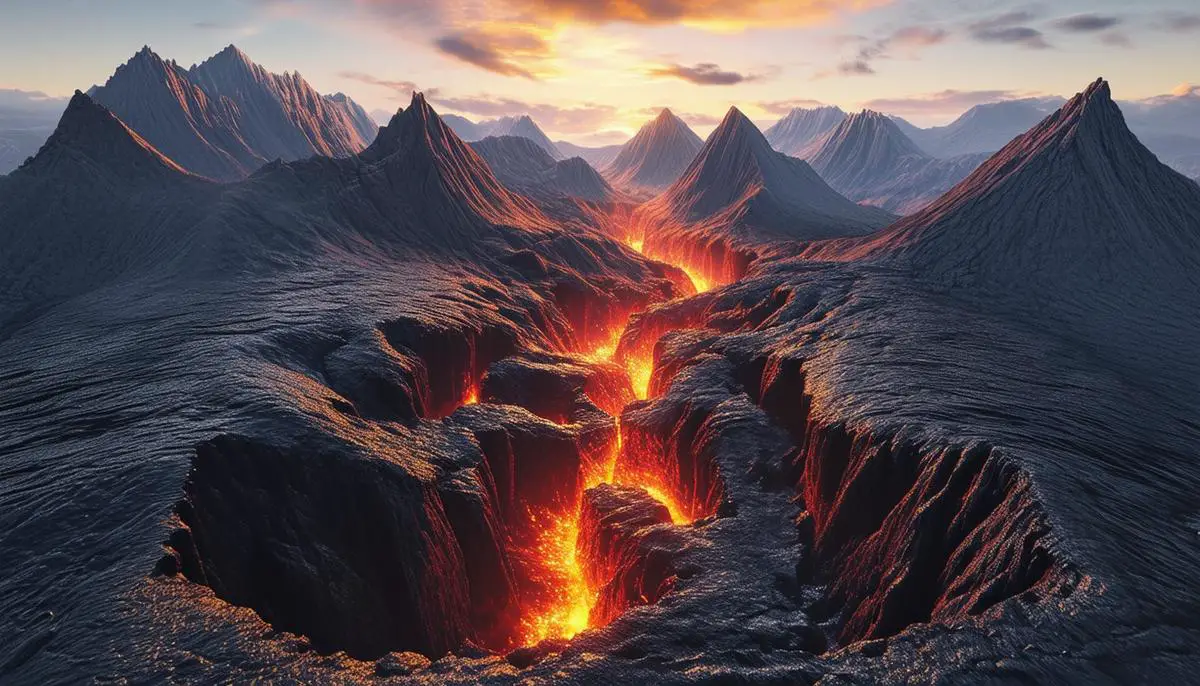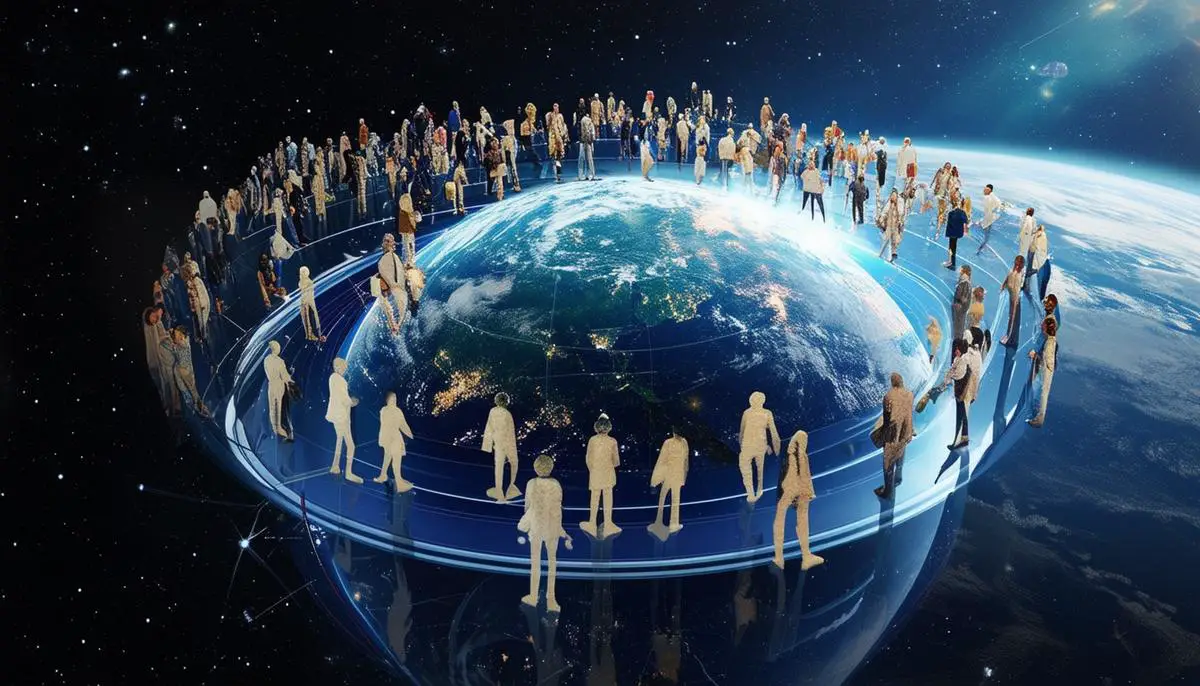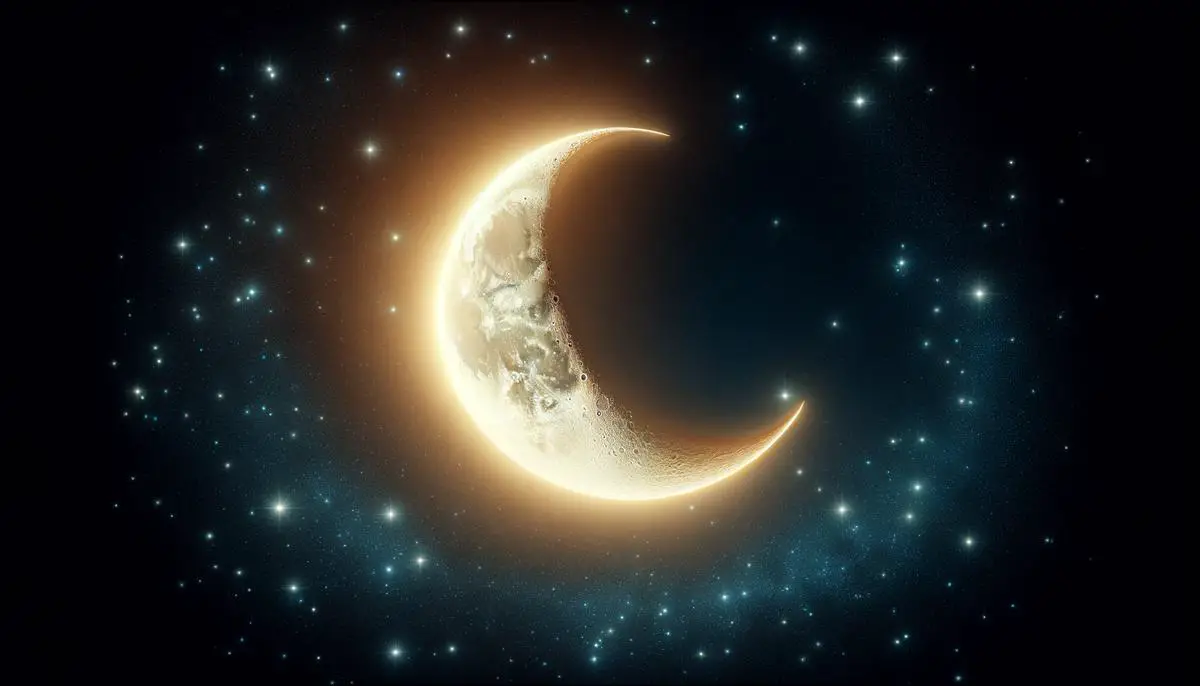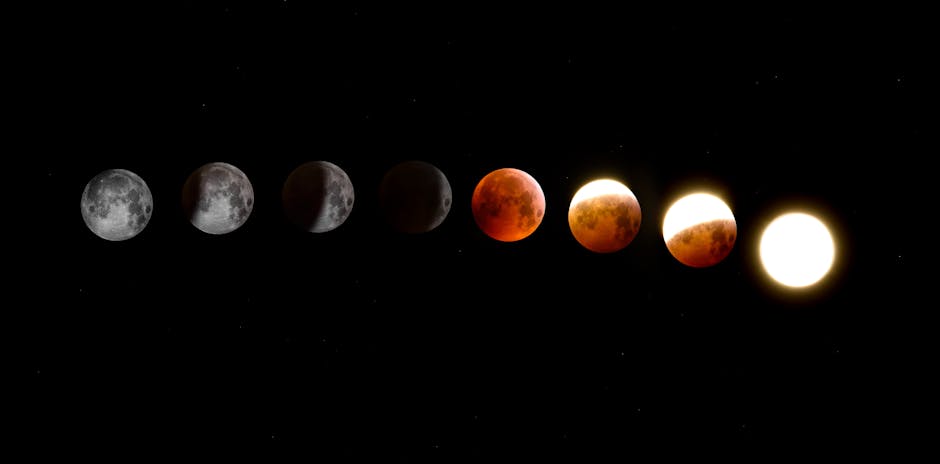Which planets have rings? Four planets in our solar system are adorned with rings: Jupiter, Saturn, Uranus, and Neptune. Each possesses a distinct ring system primarily composed of ice particles, dust, and rocky debris. Jupiter's rings are perhaps the most elusive, composed mainly of fine dust particles. These rings are […]
![]()
